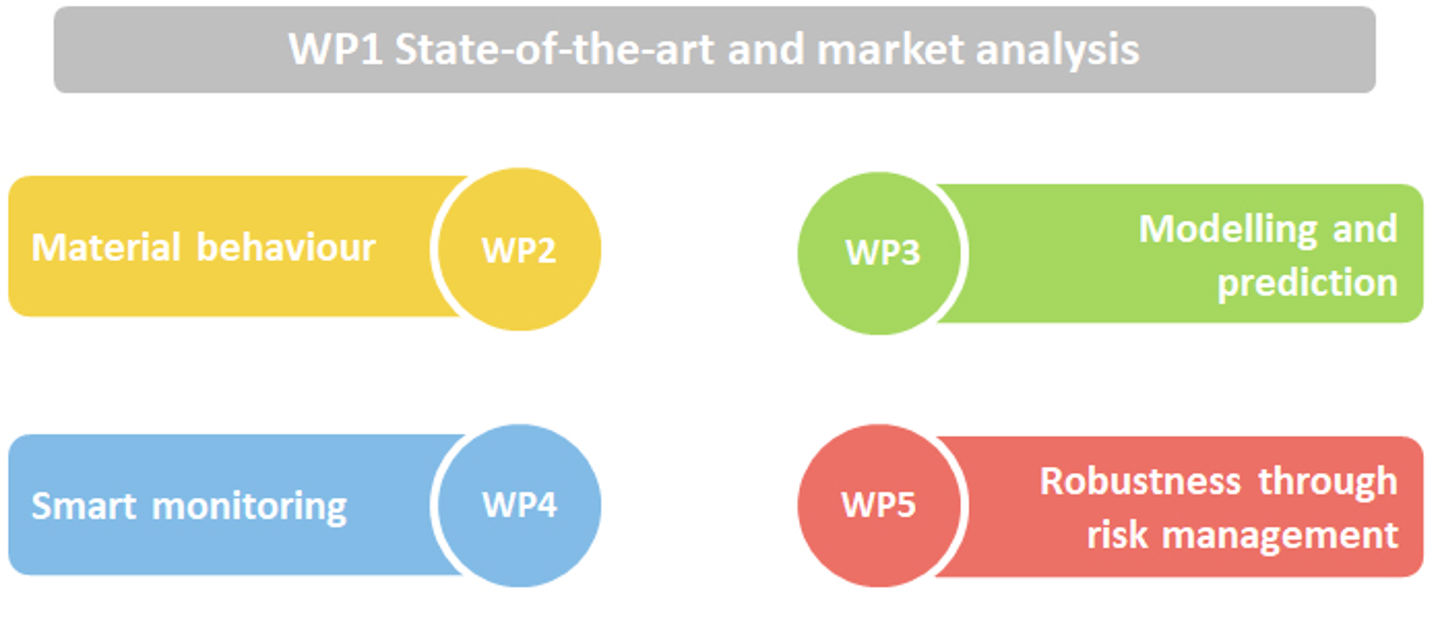Motivation
Mining is an important economic activity. Minerals and metals are essential for generating and supplying «green» energy. They play an increasingly central role towards a low carbon future. The total consumption of metals (e.g. Al, Co, Fe, Pb, Li, Mn and Ni) is expected to rise significantly, even with strong emphasis on a circular economy (Worldbank, 2017).
However, the mining operations create enormous amounts of waste, or mine tailings, which pose a risk to people and the environment. Failure of a tailings storage facility (TSF) may have huge environmental and societal impact on the surroundings.
An increased trend of both failures and volumes released has been recorded in the last decade. From the analysis of different tailings dams databases (ICOLD, WISE, World Mine Tailings Failures, CSP2) results that since 2000 a total number of 71 failures have been registered with around 640 fatalities and 12 million m3 released.
The ICOLD report in 2001 and subsequent scientific contributions have illustrated that tailings dam failures are preventable. In most documented failures, there were ample warning signs beforehand, that were either ignored or not understood.
The challenge of safely storing tailings and managing TSF has rapidly grown and, currently, there is an urgent need of improved practices for the design and management of TSFs and for their safe and sustainable closure.
Objectives for the R&D project
Improve the understanding of mine tailing properties and practice
There is today a lack in understanding of the behaviour of tailing materials, both physical and chemical, and of their impact on the environment. One example is the liquefaction of tailings, likely the most common yet the least understood failure mechanism for tailings dams.
Soil classification and determination of critical parameters such as in-situ density, permeability and shear strength is challenging due to the lack of good methods for taking undisturbed samples and/or reconstitute the laboratory samples to the in-situ state. Weathering of minerals will change in the chemical composition of the tailings and can result in leaching of contaminants.
The objective here is to identify critical parameters for robust design and monitoring of TSFs (throughout life of mine and post-closure), and improve the methods to characterize these parameters.
Create predictive capability of the tailings behaviour under variable conditions
The objective is to identify tailing dam failure modes and develop methods to do state-of-the-art deterministic and probabilistic analyses to model these modes and their potential consequences for humans and environment. This involves a probabilistic approach to both geotechnical, geohydrological and geochemical parameters.
Design monitoring concepts that can help mitigate risk during operation and post-closure
Monitoring is a crucial element for risk-informed decision making and for verification of design assumptions and predictions. Traditionally critical parameters for TSFs have been monitored using in-situ instrumentation, however due to the size, complexity, and long lifetime (both throughout the life of mine and post-closure) of TSFs, there is a huge potential for increased use of remote sensing. Our objective is to develop new approaches to collect, interpret and manage monitoring data for TSFs using state-of-the-art remote sensing techniques.
Develop a dynamic risk management framework for TSFs
The objective is to develop a risk framework to assist "risk-informed" decision-making, both during the TSF life cycle and in case of unexpected events. A systematic, risk-based management time-dependent approach will be developed to navigate through and manage the critical aspects of the tailings life cycle. The risk management system developed for TSFs will be easily adaptable to other "systems" in NGI's portfolio, e.g. hydropower dams, offshore structures, foundations and tunnelling, environmental protection and other mine types.








